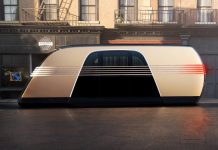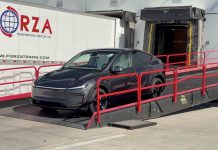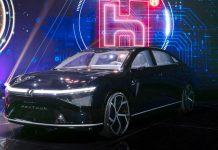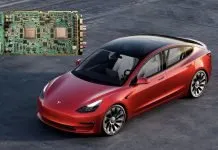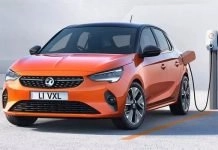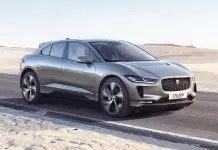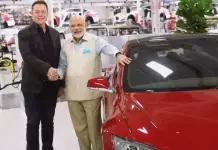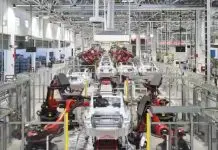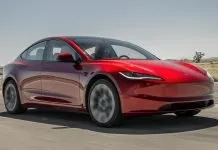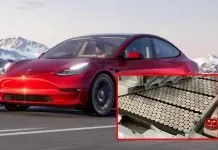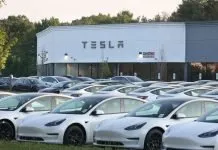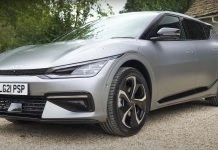The battery life has been the primary concern of electric vehicle (EV) skeptics who, over the years, have drawn parallels between EV batteries and those of smartphones, which rapidly deteriorate. However, a recent survey by Swedish used car dealer Kvdbil dispels that image and indicates that current EV batteries are much tougher than they were originally thought.
Surprisingly, the research gives Kia EV6, an EV, not a Tesla, the title of the car with the lowest battery degradation rate of more than a thousand EVs and plug-in hybrids that have been represented.
Kvdbil used data on 1,366 used EVs and PHEVs to examine the extent to which the usable battery capacity had depleted over a period of years of use. The most important measure considered was the State of Health (SoH), which measures the remaining capacity of the battery. This is a promising outlook for the future of electric mobility: in the sample, 80% of vehicles still had 90% or more of their original battery capacity or more.
The Kia EV6 is ranked at the top of the list, with the vehicle showing the least battery degradation of all those tested. Kia e-Niro and Tesla Model Y came right after them, and other good performers were the Opel Mokka-e, Audi Q4 e-tron, and Volvo XC40 Recharge.
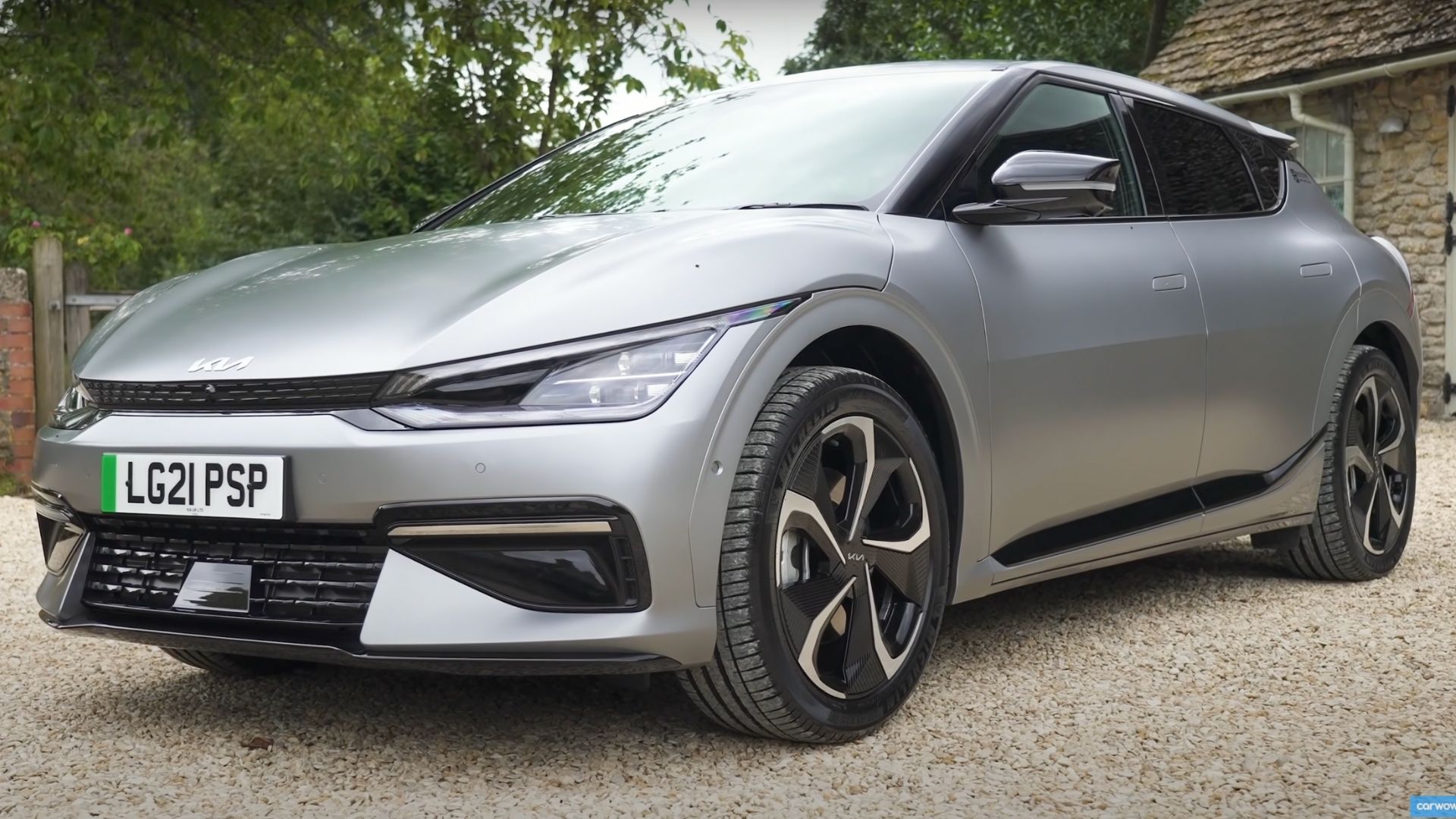
Wear of the Battery Is More of a Factor Than the Brand
Martin Reinholdsson, the test manager at Kvdbil, informed the Swedish Herald that though Kia did well, battery wear was not so much about brand engineering, but rather the way the vehicle is utilized.
“It is not really tied to a typical car or manufacturer,” Reinholdsson explained. “Age, climate, driving style, and charging habits play in as fairly large factors on the wear.”
This finding is reflective of old-time battery knowledge: do not charge beyond 80% too frequently (especially when using non-LFP batteries), do not fast charge, and do not leave vehicles in extreme temperatures when possible.
Empirical Evidence Provides Longevity
The result of 10% average capacity loss found by Kvdbil is exactly in tandem with a previous study by the EV dealer RSEV in Britain earlier this year. That analysis revealed an average battery capacity of EVs saturation at 90% with the 90,000-mile mark. More promising, vehicles with more than 130,000 miles of use have an average of 85% capacity, and in most cases, the vehicles are 200,000 to 300,000 miles old and still have 80% of the original charge.
These figures indicate that the myth of fast battery degradation in EVs was in the past. With the development of better battery chemistry, better thermal controls, and smarter charging software, current EVs are performing much better than any early adopters or critics would have anticipated.
Changing the Narrative
The implications of the study by Kvdbil are not limited to technical performance. It indicates an increasing discrepancy of expectation between the actual and the perceived performance of the EV battery by the consumers. The high cost of changing the batteries is one of the reasons why many potential buyers are still too scared to buy a used EV.
The fact is that end-of-life packs are getting cheaper to replace batteries, and more recycling programs are being created around the world. Whether automakers are able to communicate these facts in a better way, this transition to electric vehicles can potentially go even faster.
It is perhaps the most noticeable finding of the research that EVs have come to the point where they are no longer a disposable technology. An electric vehicle can be used to provide hundreds of thousands of miles of reliable service with little performance loss, as with a well-maintained gasoline car.
Therefore, although Tesla has always been the standard-bearer in the EV sector, this time it is Kia that is making a breakthrough in one of the most important points of electric ownership, battery health. And it is good news for drivers, the second-hand car marketplace, and the sustainability of electric transportation in the long term.



